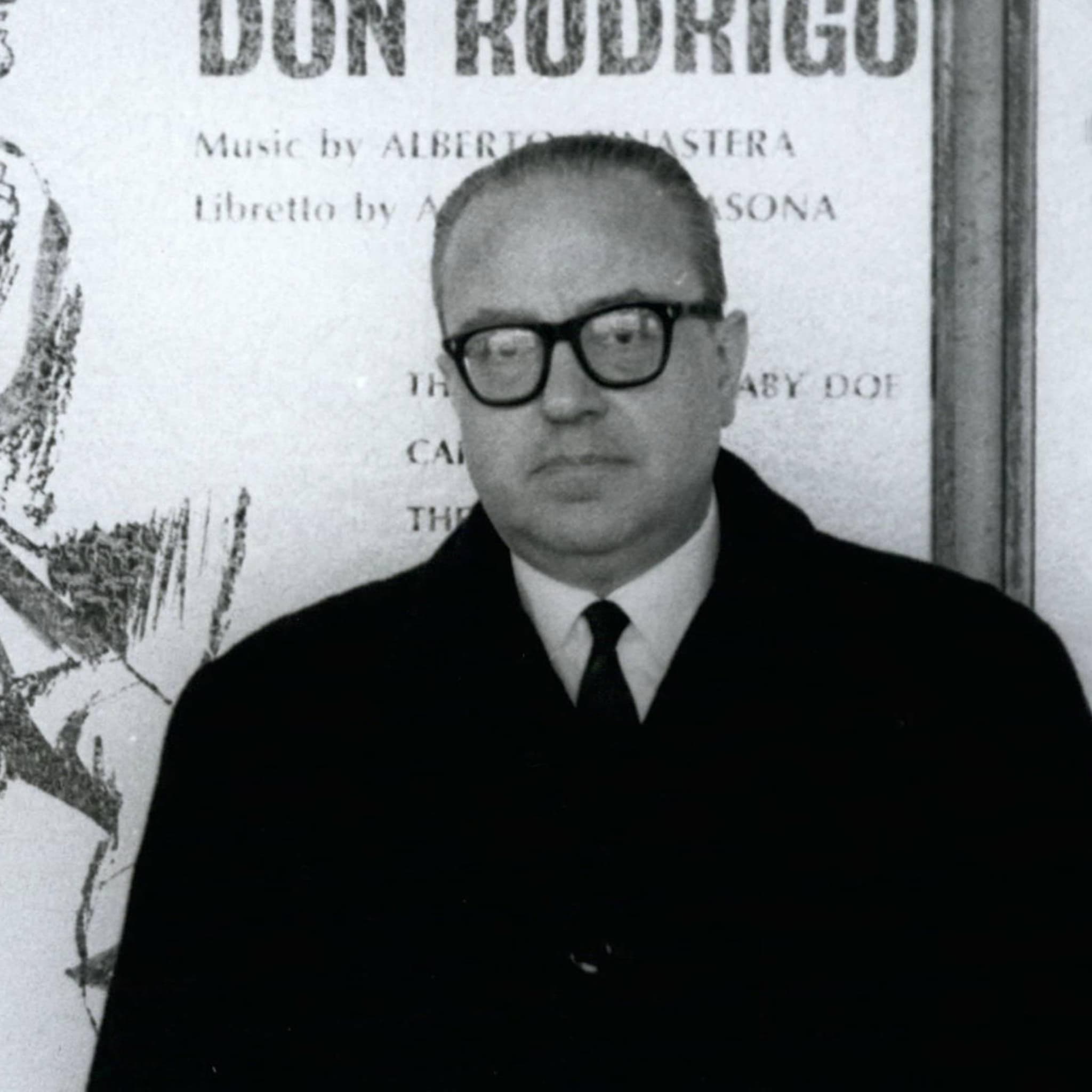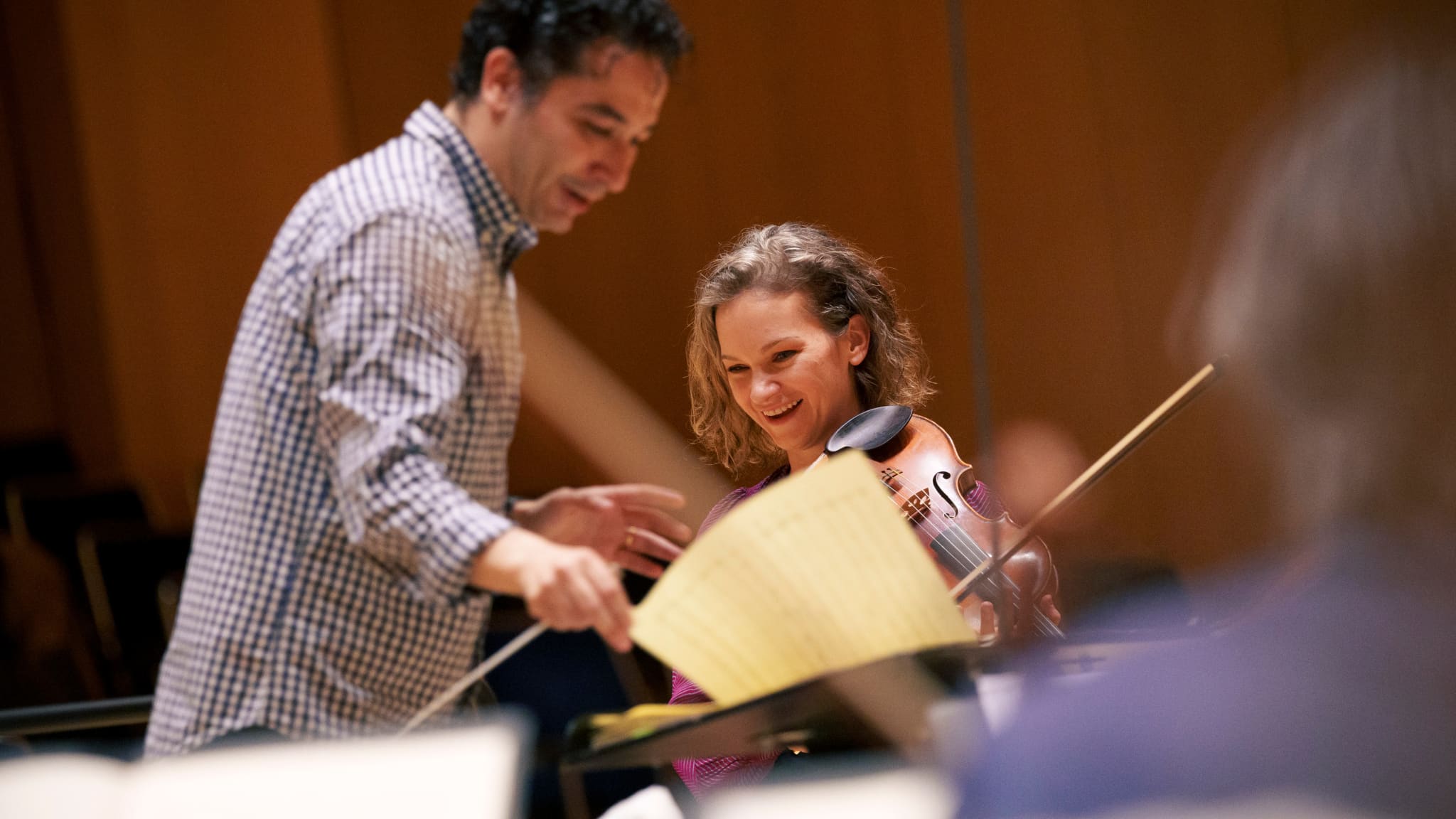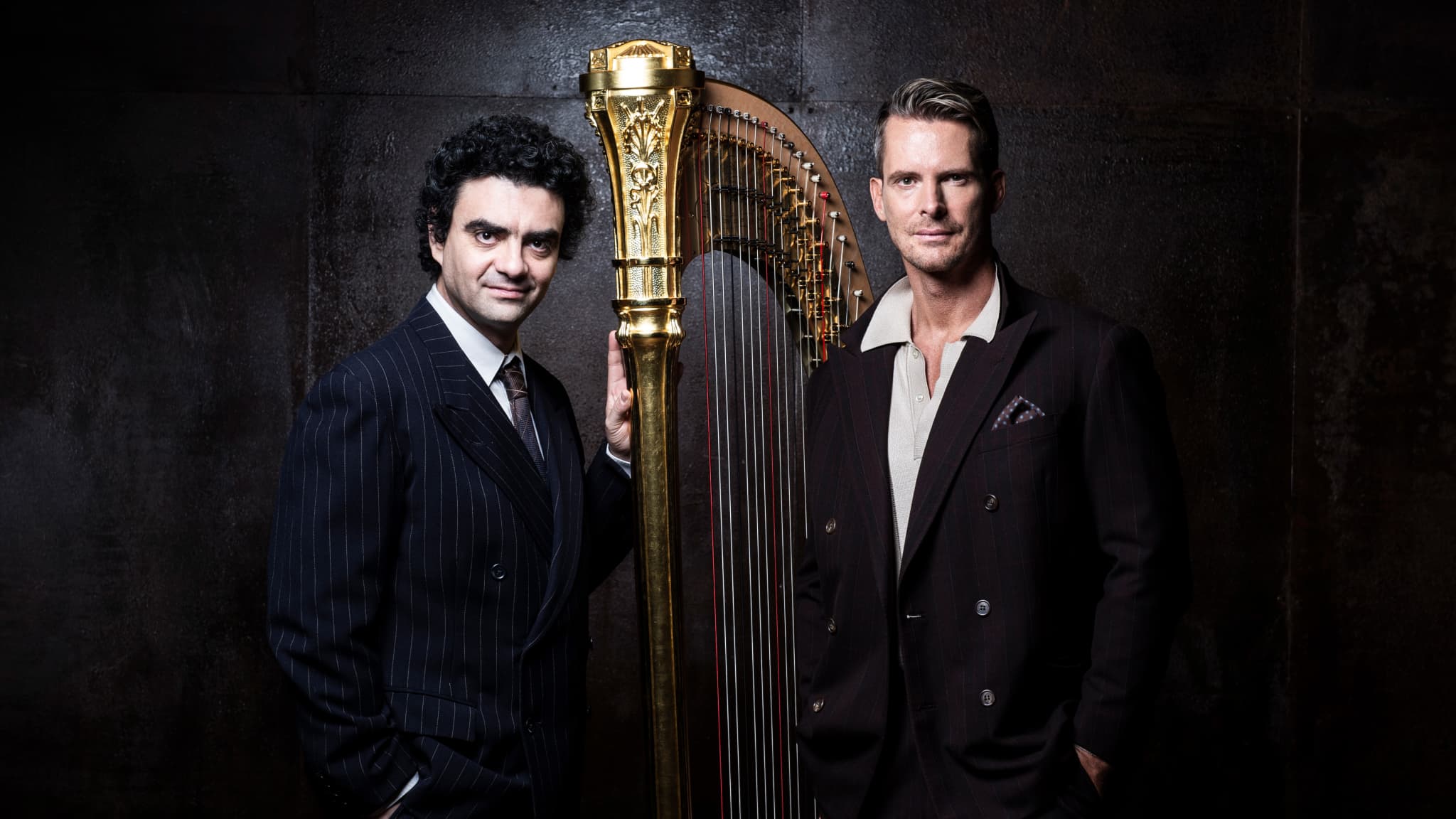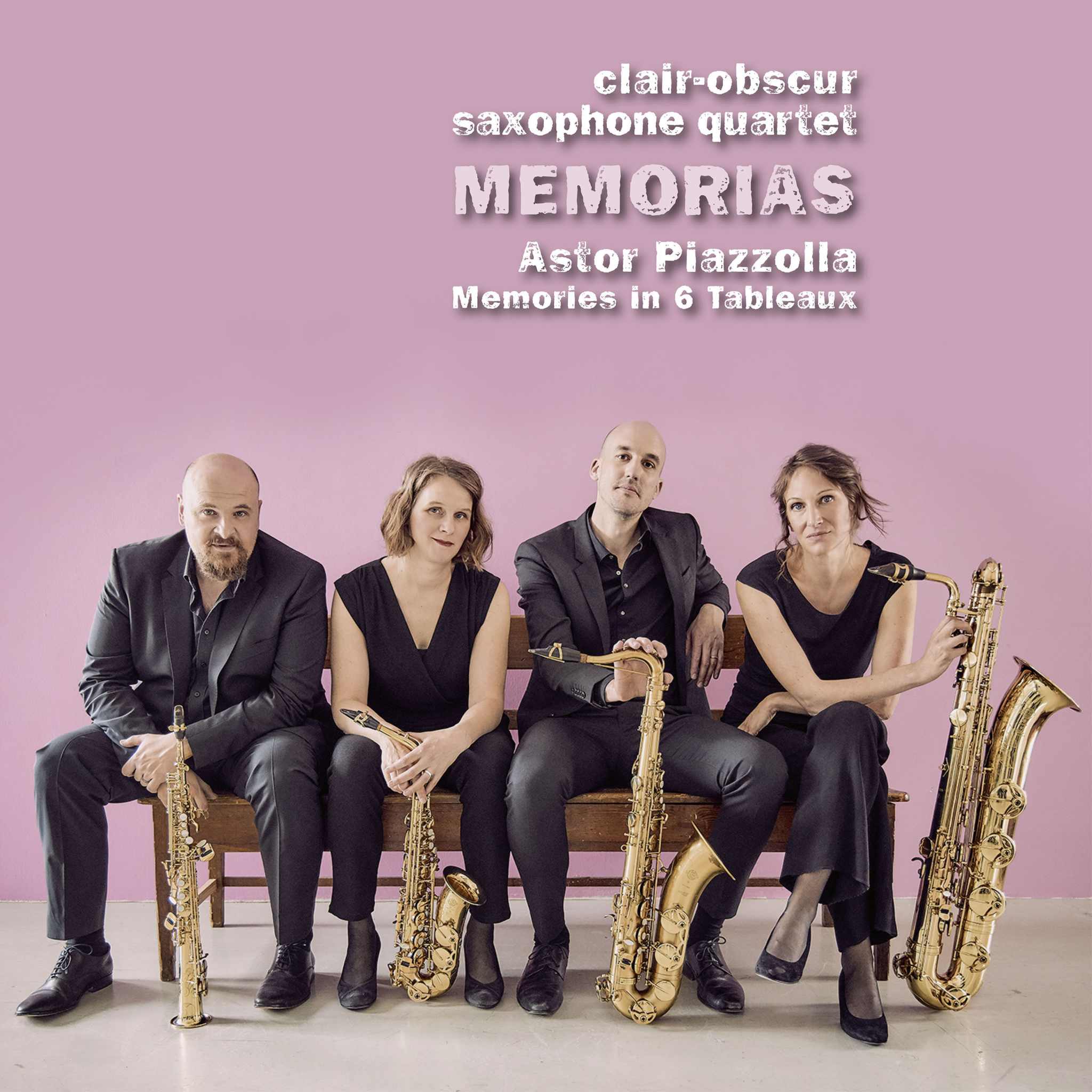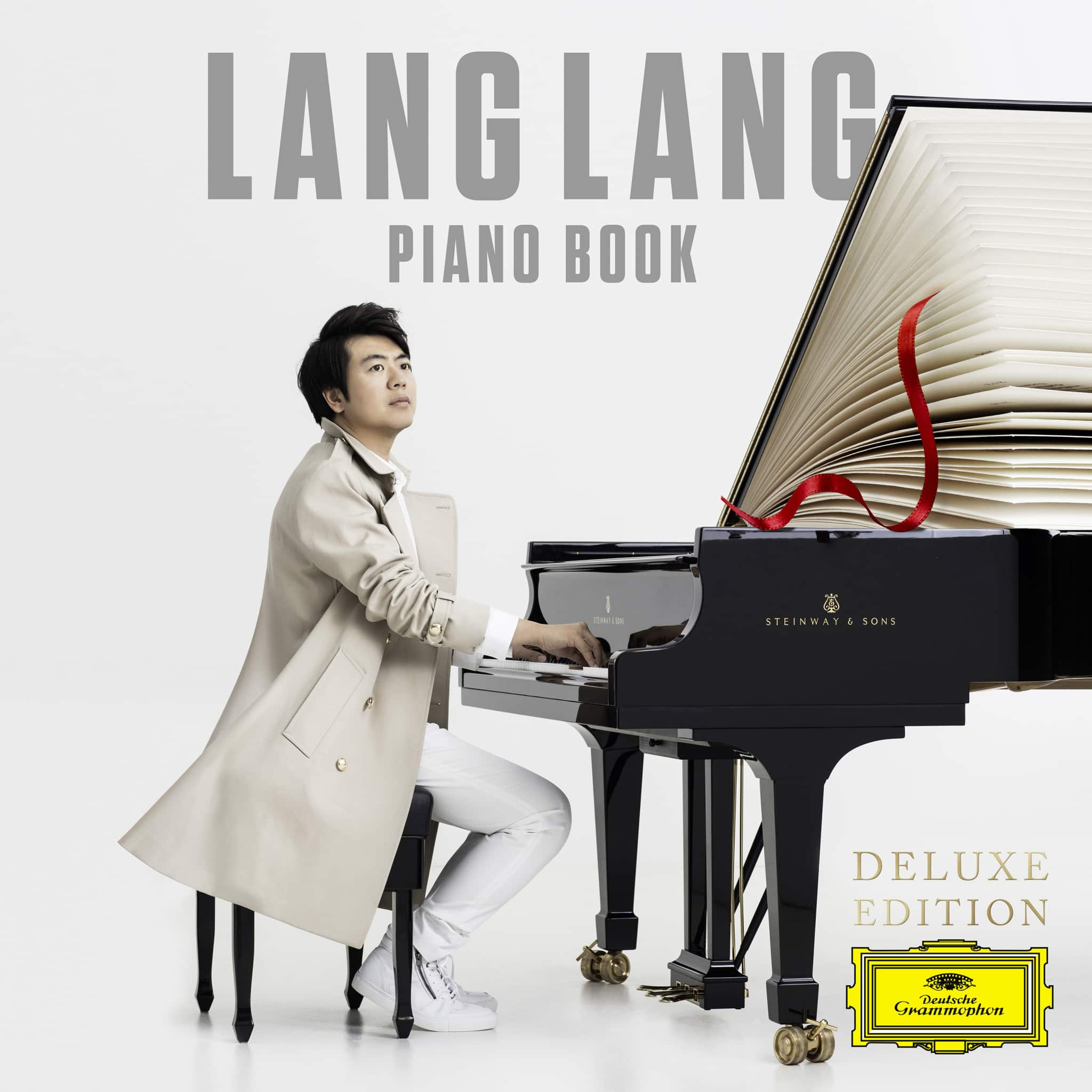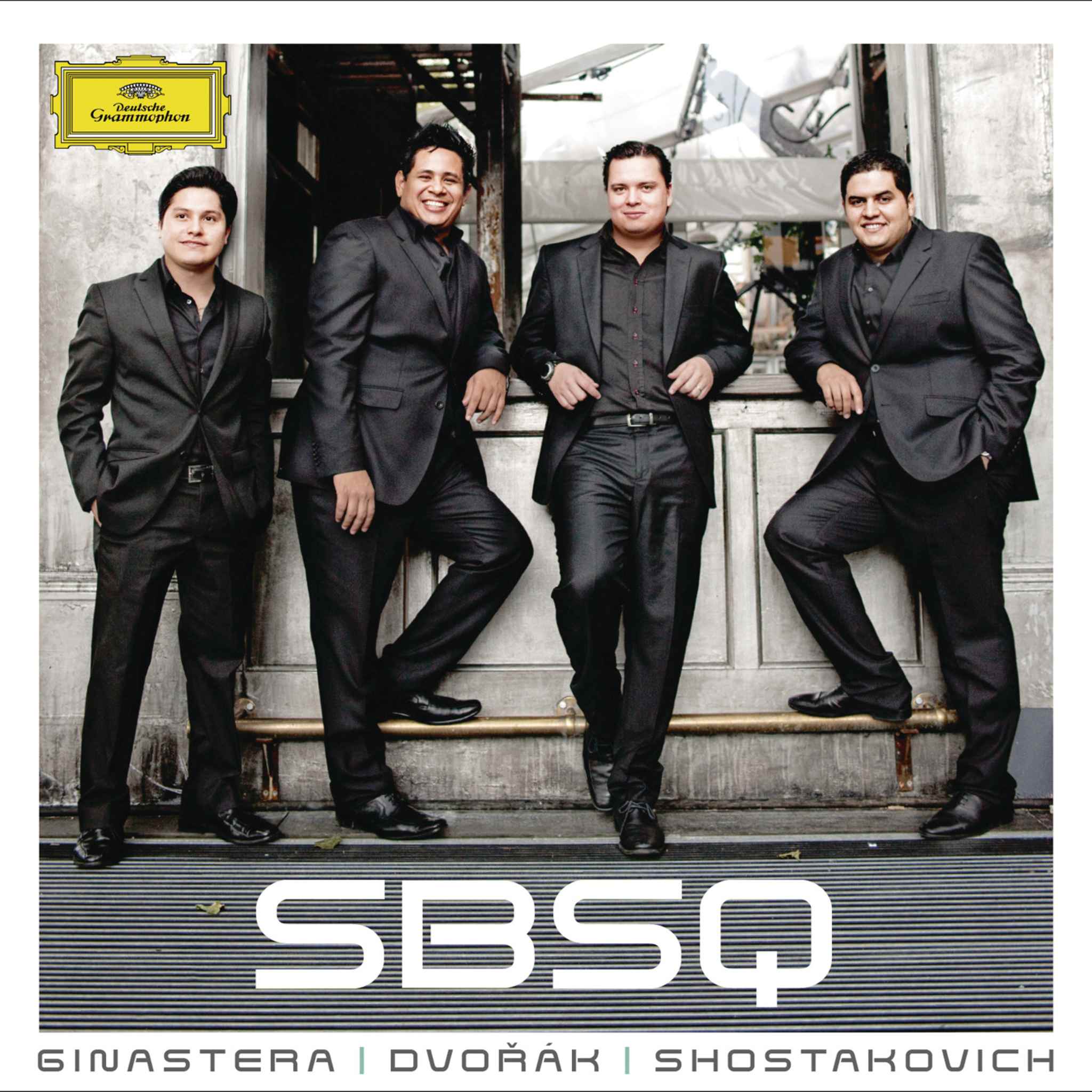Entdecken Sie die Brillanz der Kompositionen von Alberto Ginastera
Alberto Ginastera, in Buenos Aires als Sohn katalanischer und italienischer Eltern geboren, gilt als einer der bedeutendsten argentinischen Komponisten des 20. Jahrhunderts. Seine musikalische Laufbahn und die Auseinandersetzung mit Strawinskys „Le Sacre du Printemps“ sowie den Werken Bartóks führten ihn zur Schaffung des ikonischen modernistischen Balletts „Panambí“.
Die Entwicklung von Ginasteras Stil
Ginasteras kompositorisches Schaffen wird üblicherweise in drei stilistische Perioden unterteilt. Die erste, als „Objektiver Nationalismus“ (1934–1948) bekannt, war geprägt von einer direkten Integration argentinischer Volksthemen und traditioneller Elemente, oft inspiriert von der gauchesken Tradition, die die einheimischen Reiter Argentiniens, die Gauchos, symbolisiert.
Die zweite Phase, der „Subjektive Nationalismus“ (1948–1958), spiegelte eine abstraktere Evokation argentinischen Geistes und Kolorits wider, ohne offen erkennbare Volksmelodien. In dieser Zeit entstand „Estancia“, ein ausgesprochen melodiöses Werk, das das Leben der argentinischen Cowboys heraufbeschwört – vergleichbar mit Aaron Coplands amerikanischen Ballets.
Die letzte Schaffensphase, der „Neo-Expressionismus“ (1958–1983), war von der Zwölftontechnik und der Einbindung präkolumbischer südamerikanischer Kulturelemente geprägt, einschließlich Mikrotönen, seriellen Verfahren und aleatorischen Techniken. Bedeutende Werke dieser Zeit sind die „Cantata para América Mágica“, die Oper „Bomarzo“, die staatlicher Zensur unterlag, und das sinfonische Gedicht „Popol Vuh“, das auf einem Schöpfungsmythos der Maya basiert.
Ginasteras Vermächtnis in der modernen Musik
Darüber hinaus ist sein Harfenkonzert zu einem herausragenden Werk des modernen Harfenrepertoires geworden. Weitere wichtige Kompositionen sind die Opern „Don Rodrigo“ und „Beatrix Cenci“ sowie seine Cellokonzerte.
Ginastera erhielt ein Guggenheim-Stipendium und verbrachte 1946/47 Zeit in den Vereinigten Staaten. Aufgrund politischer Unruhen verließ er Argentinien 1969 und ließ sich 1970 in Genf nieder, wo er seine letzten Werke komponierte.
Sein Einfluss auf die Musik des 20. Jahrhunderts, besonders in Argentinien, ist unbestreitbar. Seine Werke werden weiterhin für ihre einzigartige Verbindung traditioneller Elemente mit modernen Techniken und unverwechselbar argentinischem Charakter gefeiert. Tauchen Sie ein in die faszinierende Welt Alberto Ginasteras und erleben Sie seine unvergessliche musikalische Erzählkunst in Werken wie „Estancia“, „Cantata para América Mágica“ und „Bomarzo“.
